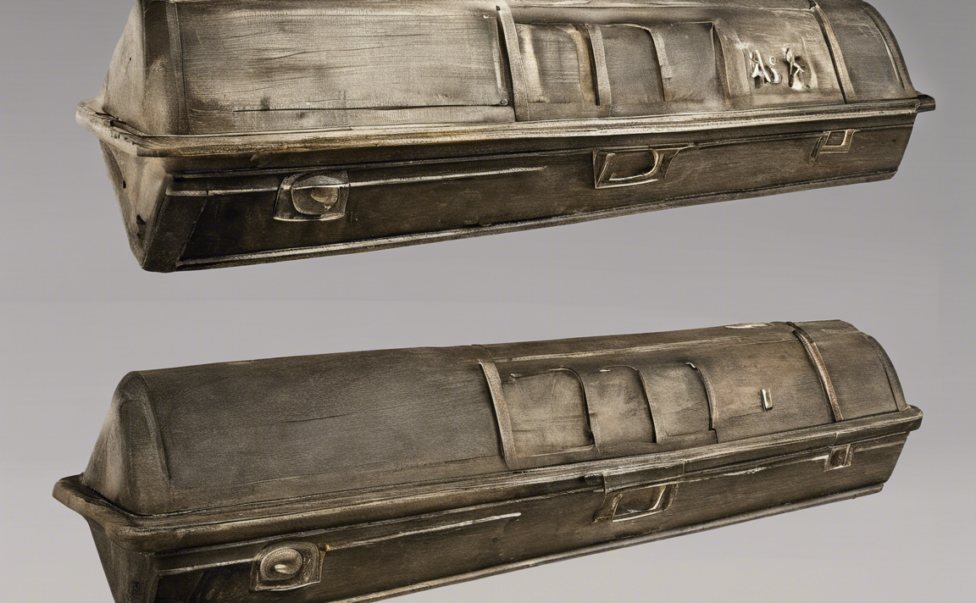An Useful vs A Useful: Understanding Articles
Articles in English Grammar
In the English language, articles play a crucial role in sentence structure. They are words that define a noun as specific or unspecific. There are two types of articles: definite articles and indefinite articles. Definite articles refer to specific nouns, while indefinite articles refer to non-specific nouns or introduce a noun for the first time.
Definite Article: The
The definite article “the” is used before singular or plural nouns that refer to a particular member of a group or class. For example, “the car” refers to a specific car that is known or has been previously mentioned.
Indefinite Articles: A and An
The indefinite articles “a” and “an” are used before singular countable nouns that are general or not specifically identified. The choice between “a” and “an” depends on the sound that begins the following word, not just the letter itself.
When to Use “A”
The article “a” is used before singular countable nouns that begin with a consonant sound. For example, “a car,” “a book,” “a house.”
When to Use “An”
The article “an” is used before singular countable nouns that begin with a vowel sound. For example, “an apple,” “an umbrella,” “an hour.”
The Role of Sound in Choosing Between “A” and “An”
It is important to note that the choice between “a” and “an” is determined by the initial sound of the following word, not the first letter. For example, “an hour” is correct because although “hour” starts with the consonant “h,” the sound is a vowel sound.
“A Useful” vs. “An Useful”
The correct usage is “a useful.” While the word “useful” starts with a vowel letter, the pronunciation begins with a consonant sound (/juːsfl/). Therefore, it follows the rule of using “a” before words beginning with a consonant sound.
Exception: Silent “H”
In some cases where a word begins with an “h” that is not pronounced, “an” is used. This exception is due to the following word starting with a vowel sound. Examples include: “an hour,” “an honest person,” “an heir to the throne.”
Common Mistakes with Articles
-
Countable vs. Uncountable Nouns: Remember that articles are only used with countable nouns. Uncountable nouns usually do not require an article.
-
Proper Nouns: Articles are generally not used with proper nouns unless they are part of the name. For example, “The United States,” “The Great Wall of China.
-
Plural Nouns: The definite article “the” is used with both singular and plural nouns, while indefinite articles “a” and “an” are only used with singular nouns.
-
Omission of Articles: Be cautious of omitting articles where necessary, as this can change the meaning of a sentence.
FAQs:
- When do we use the article “the”?
-
Use “the” when referring to a specific noun that is known to the reader or has been previously mentioned.
-
Can we use “a” or “an” before a plural noun?
-
No, the indefinite articles “a” and “an” are only used before singular countable nouns.
-
What is the difference between “a” and “an”?
-
The choice between “a” and “an” depends on the sound that begins the following word, not just the first letter.
-
Why do we say “an hour” instead of “a hour”?
-
We use “an” before words starting with a vowel sound. In this case, “hour” begins with a vowel sound, so “an hour” is correct.
-
When should we omit articles in a sentence?
- Articles can be omitted when referring to general or non-specific concepts, or in certain idiomatic expressions.
Understanding the correct usage of articles is essential for clear and effective communication in English. By grasping the rules governing articles and practicing their application, you can improve the precision and fluency of your language skills.

